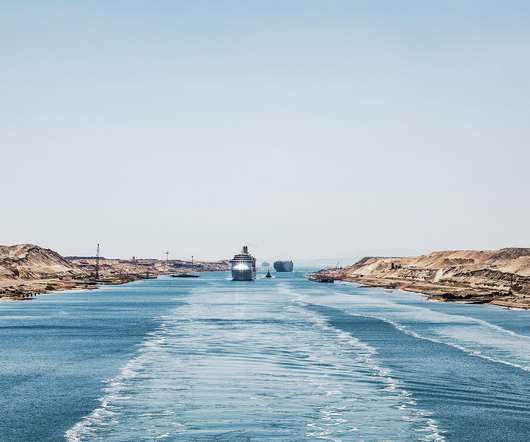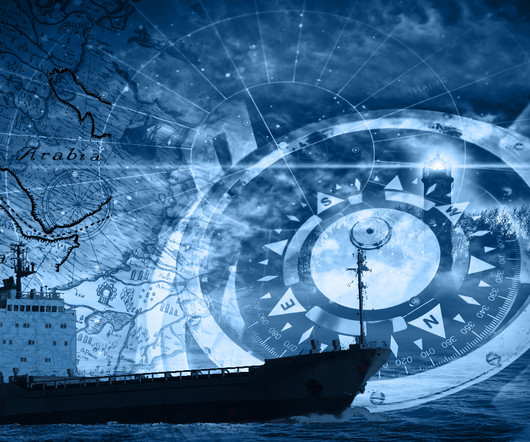Freight Rate News November 2015
Freightos
NOVEMBER 11, 2015
Wouldn’t it be amazing if someone could cut through the hype and summarize the key freight and logistics trends every month? If you prefer to find the news yourself, head over to our free roundup of nearly 100 digital logistics and supply chain news sources. CARRIERS & CARGO BRAVE NEW ROUTES. Prefer the summary?
















Let's personalize your content